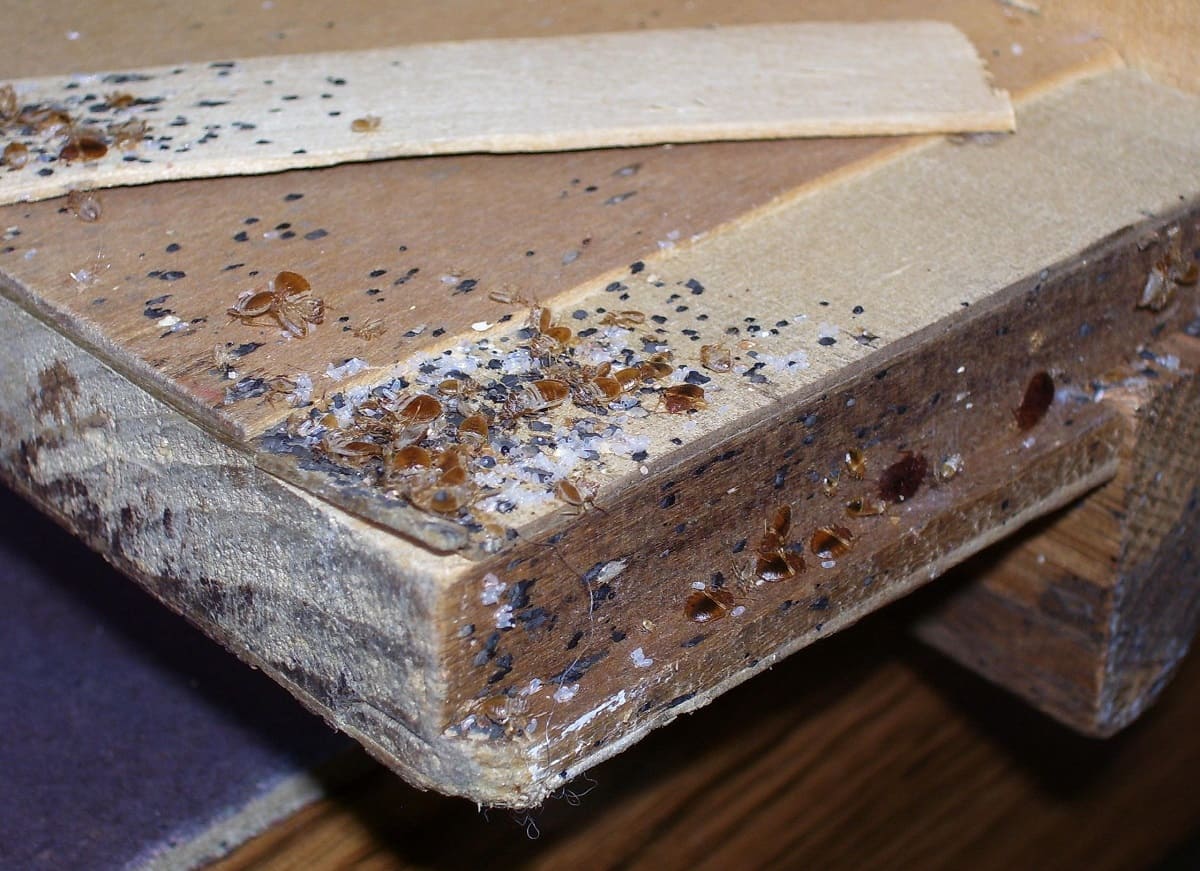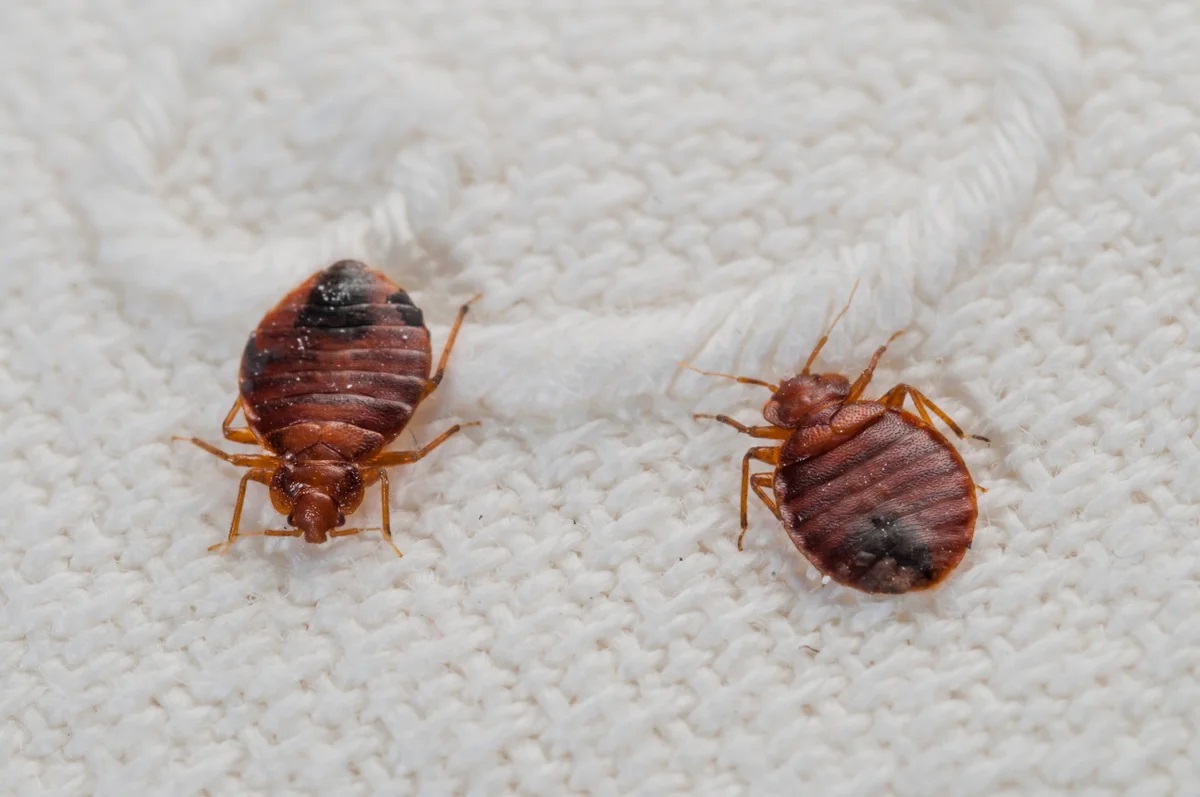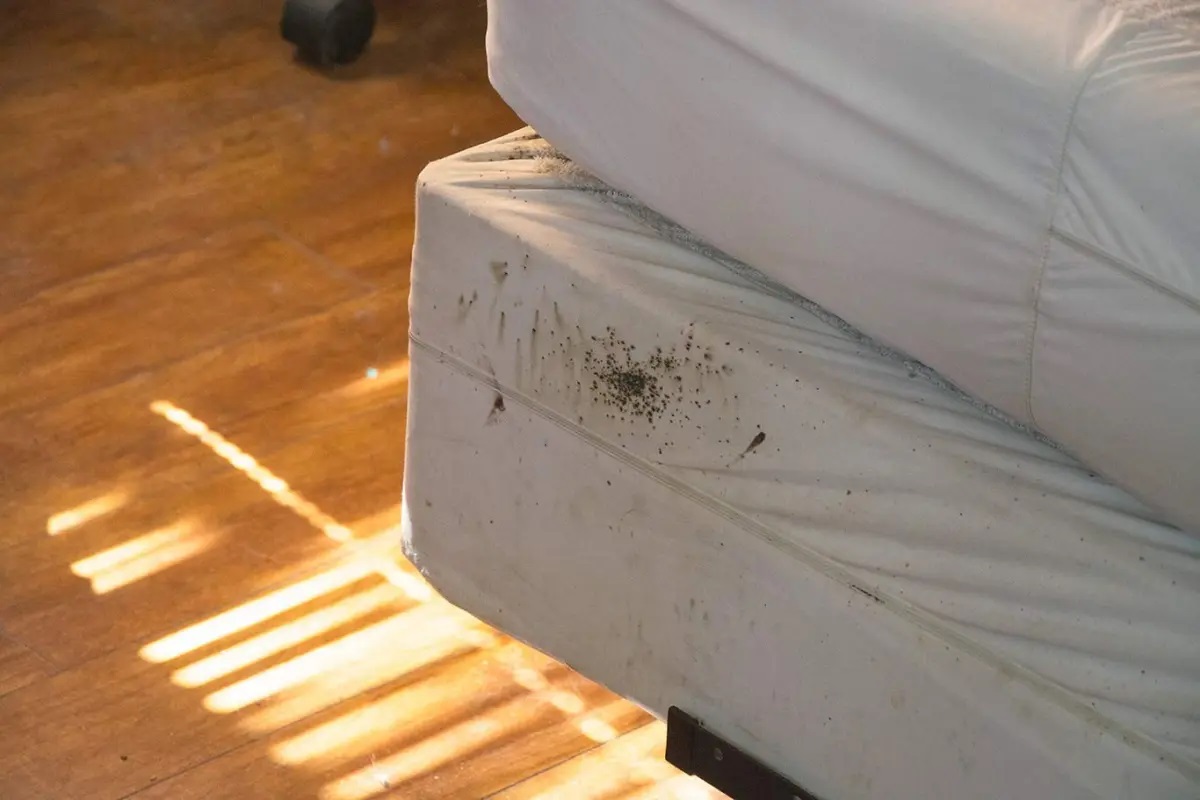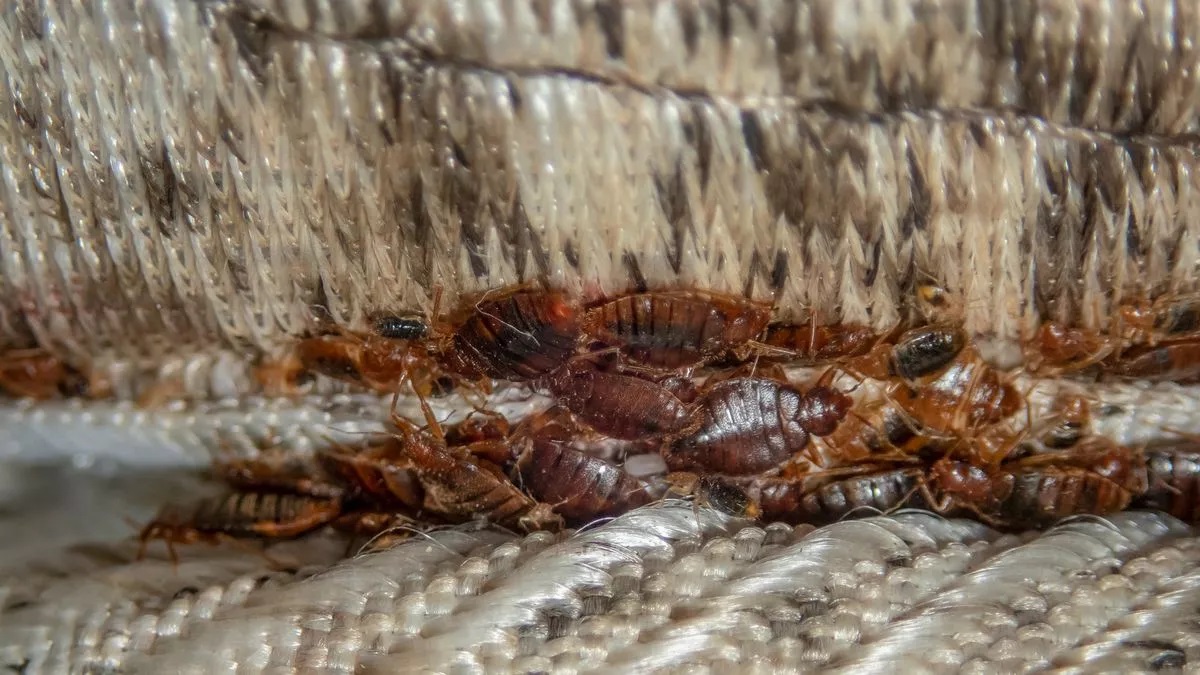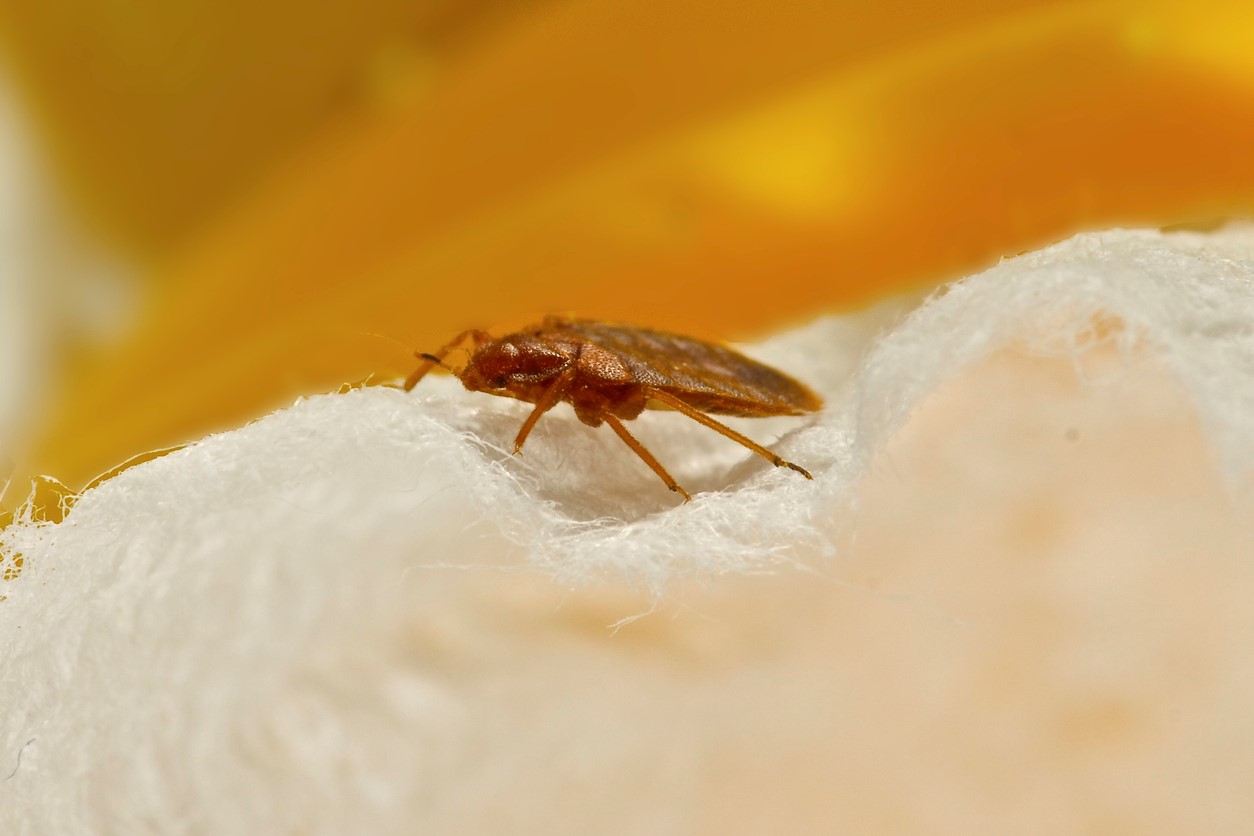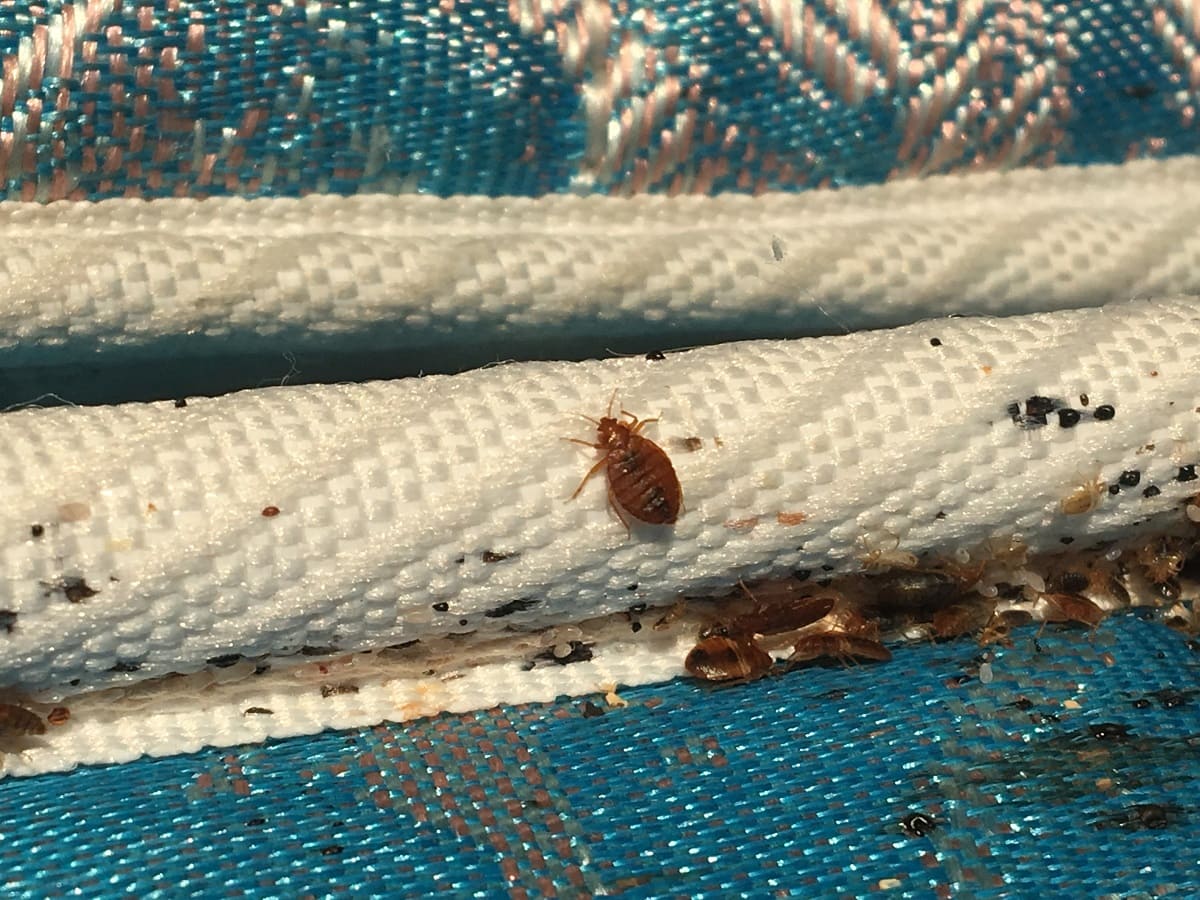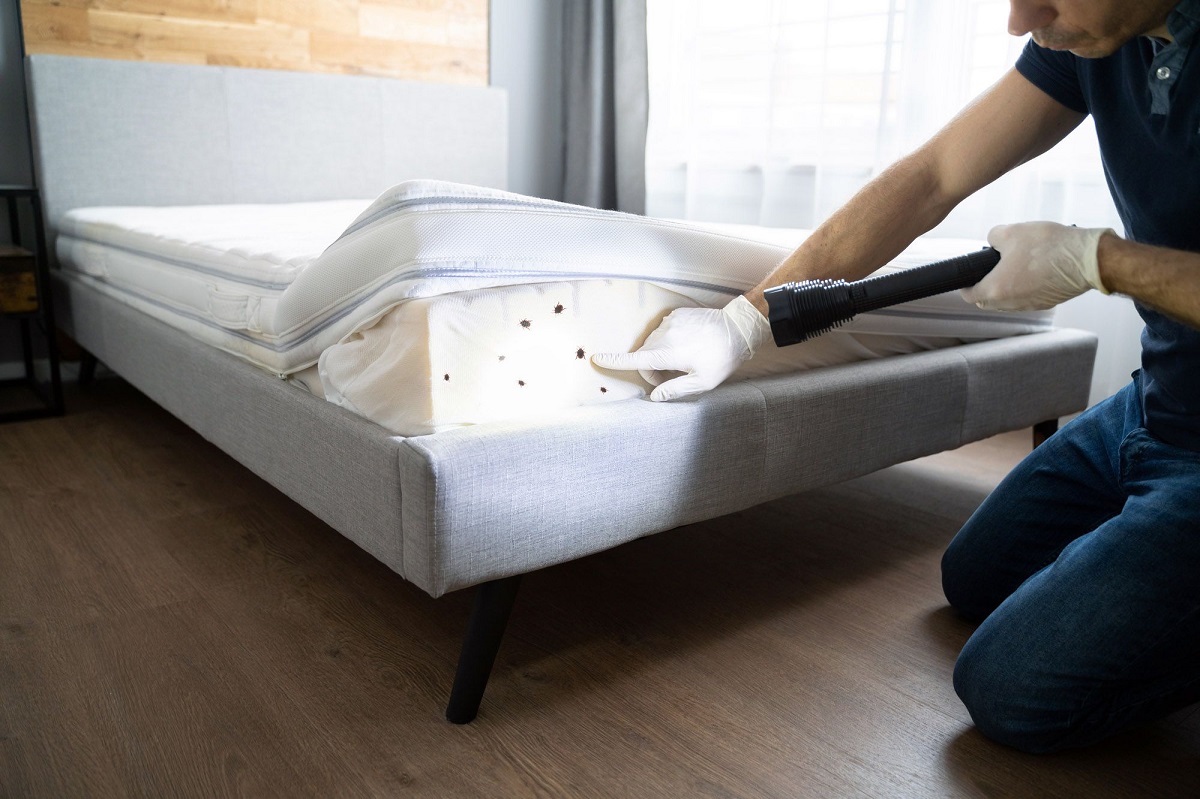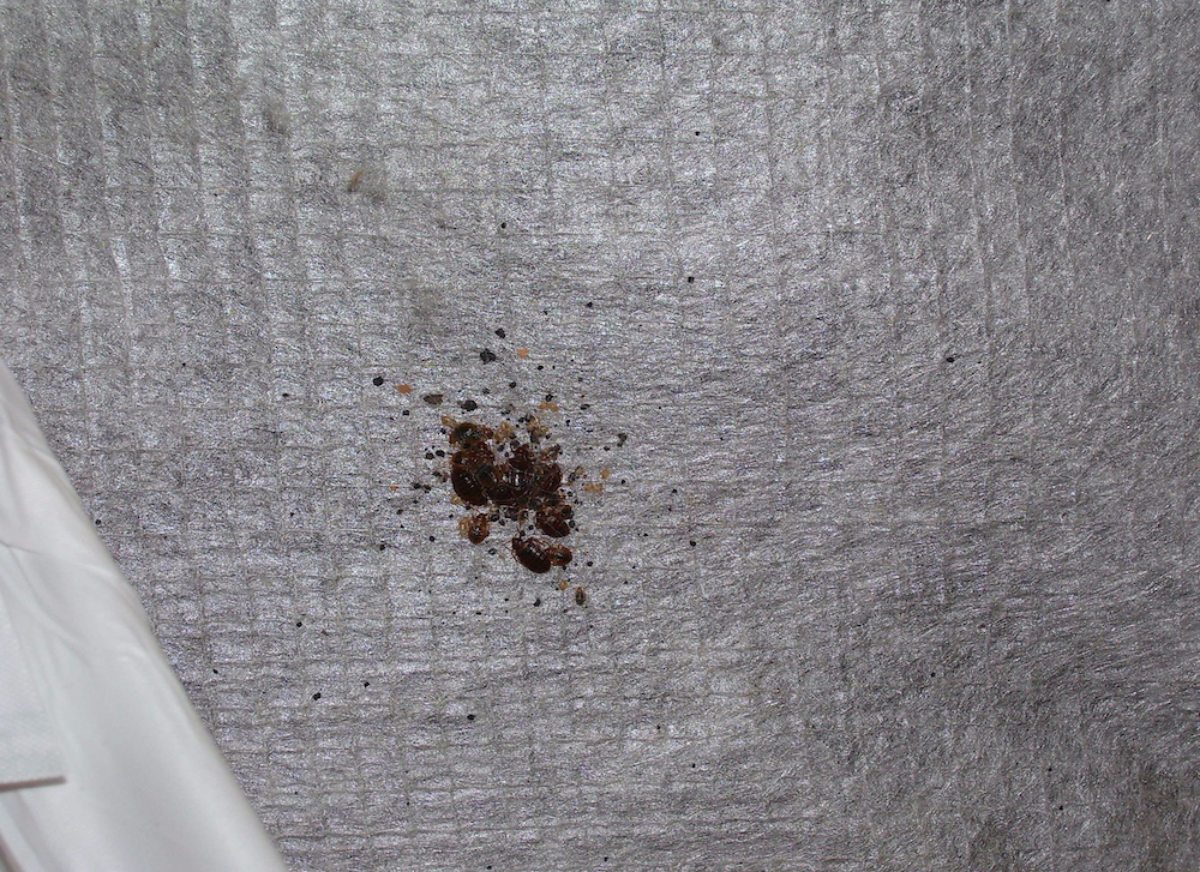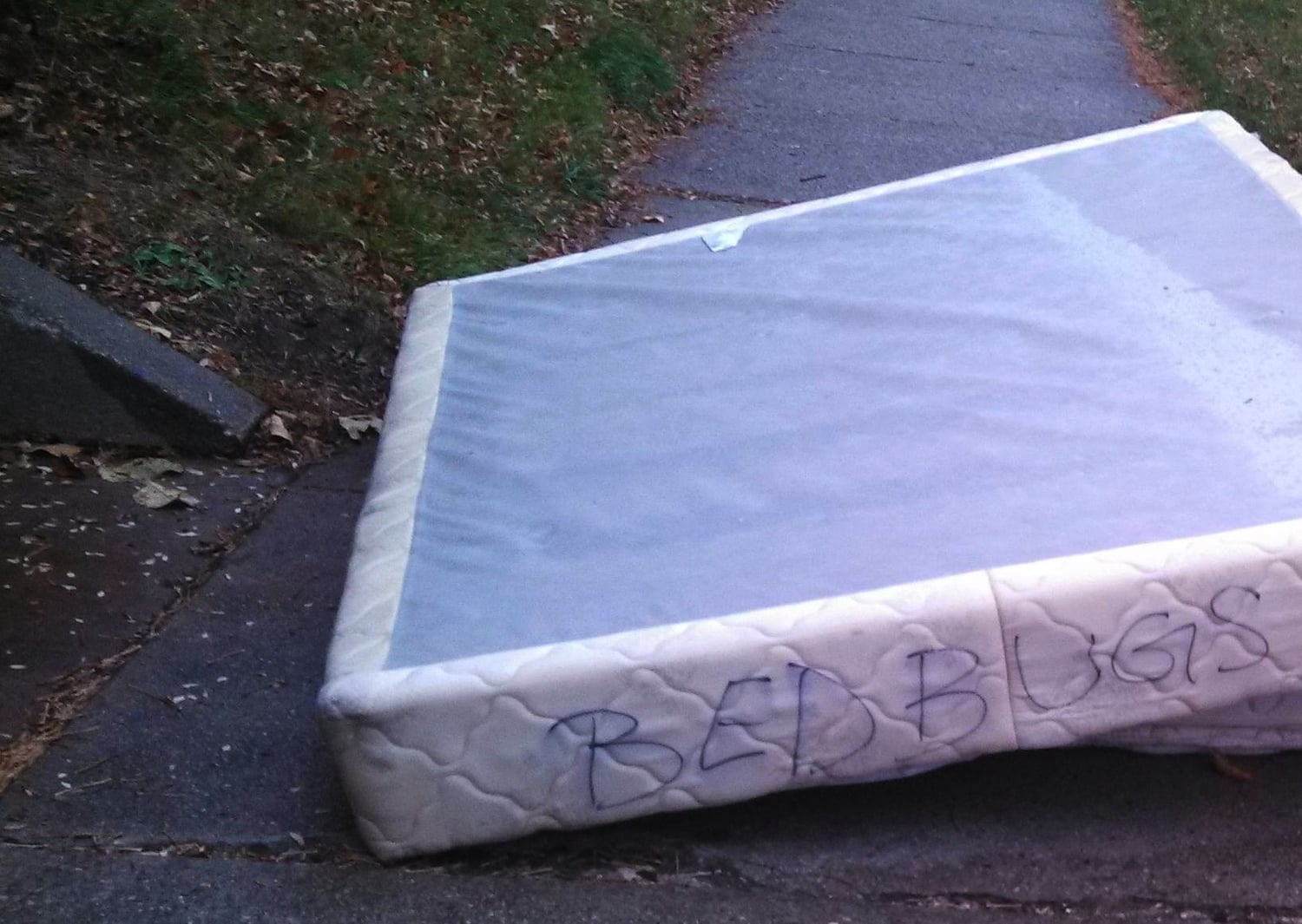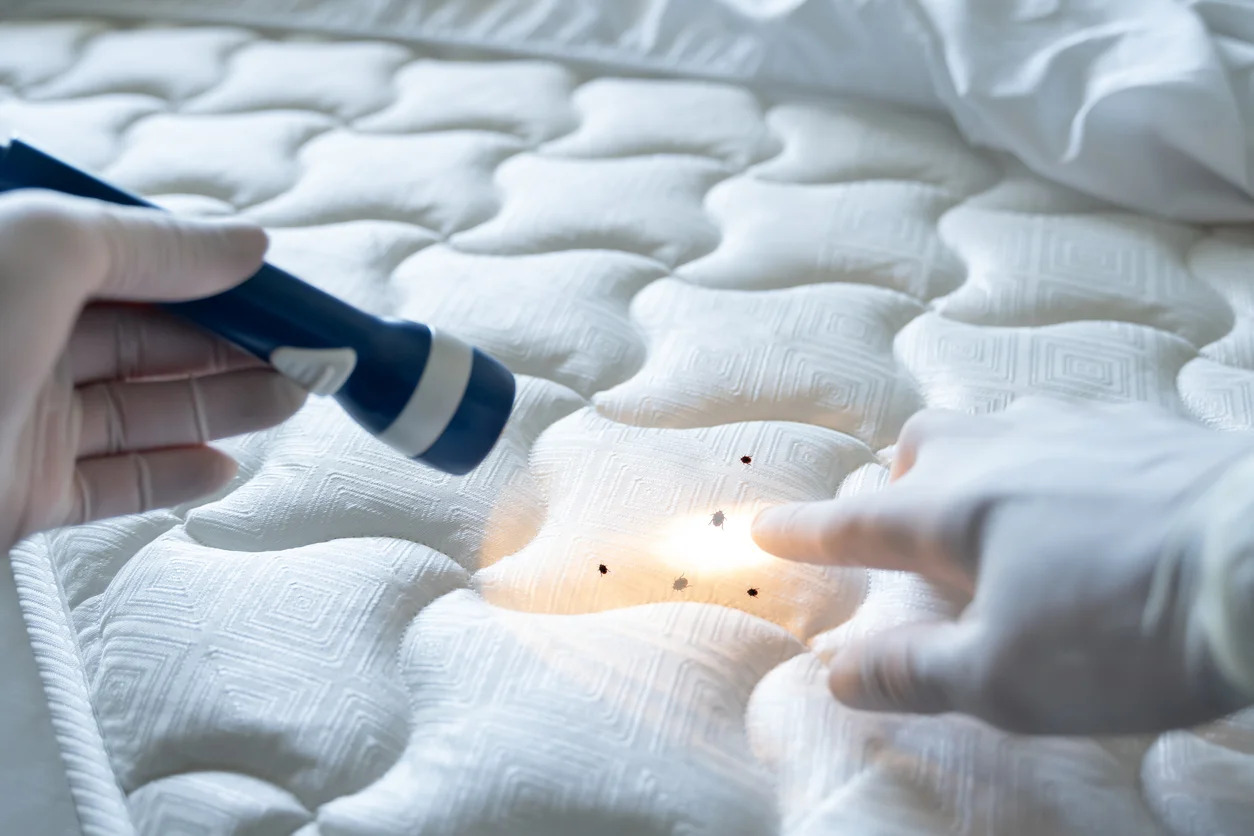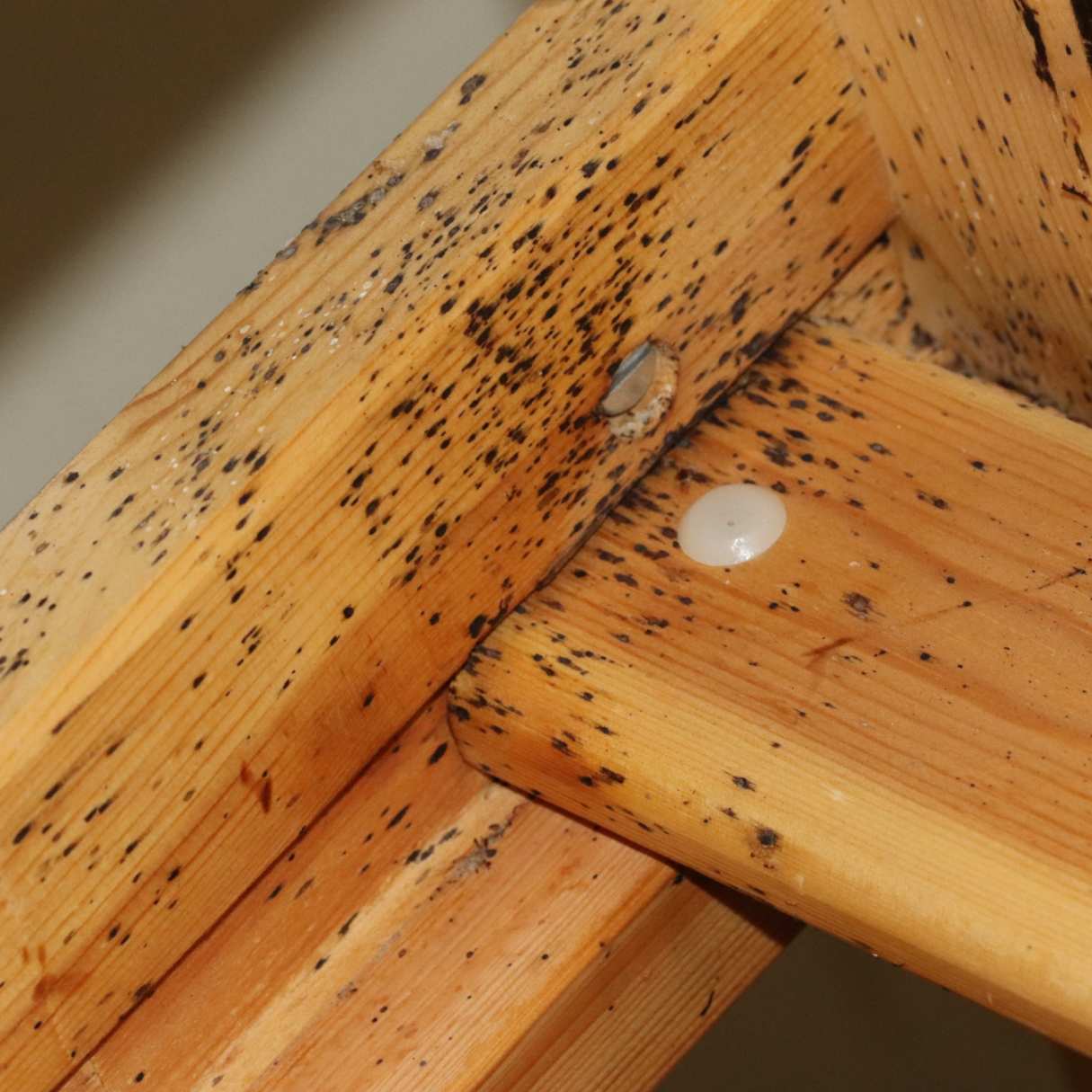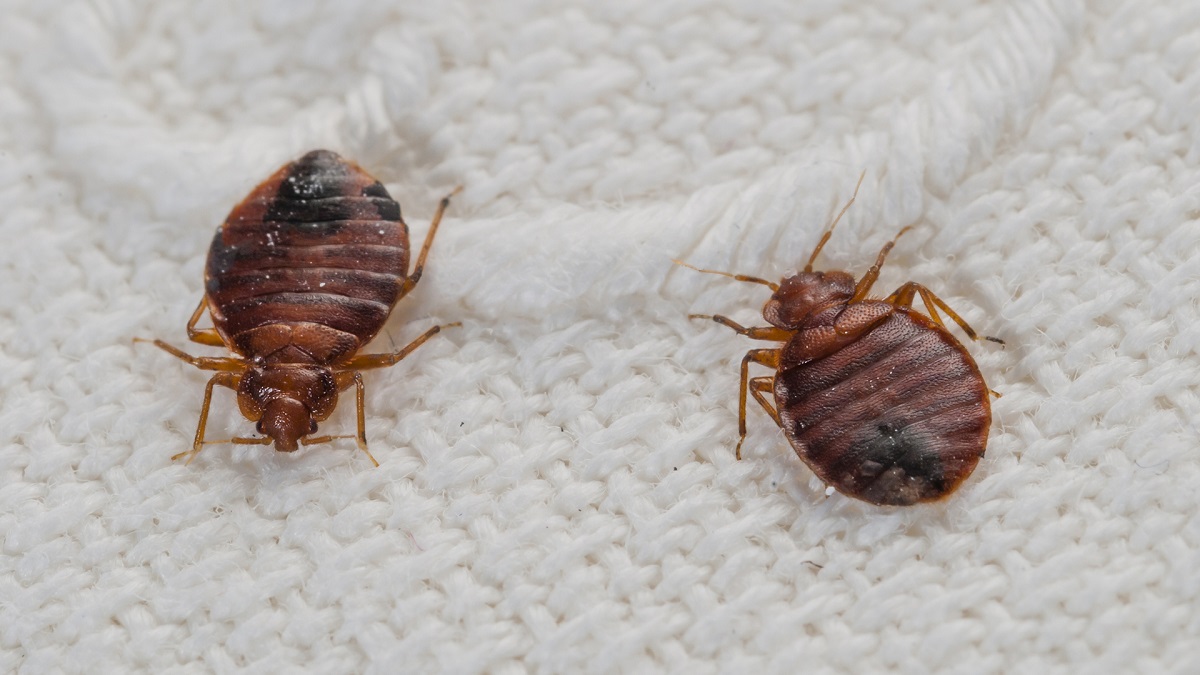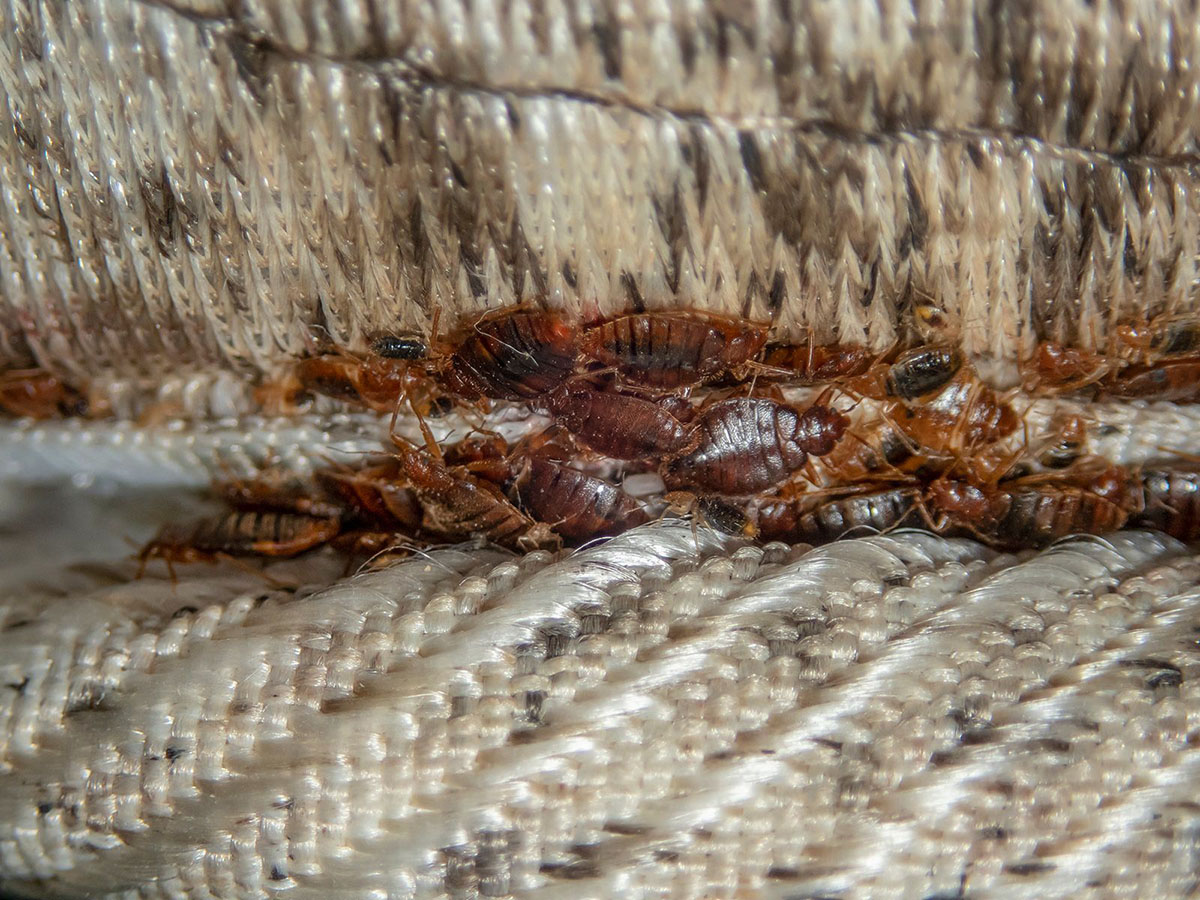Home>Furniture>Bedroom Furniture>How To Trap Bed Bugs
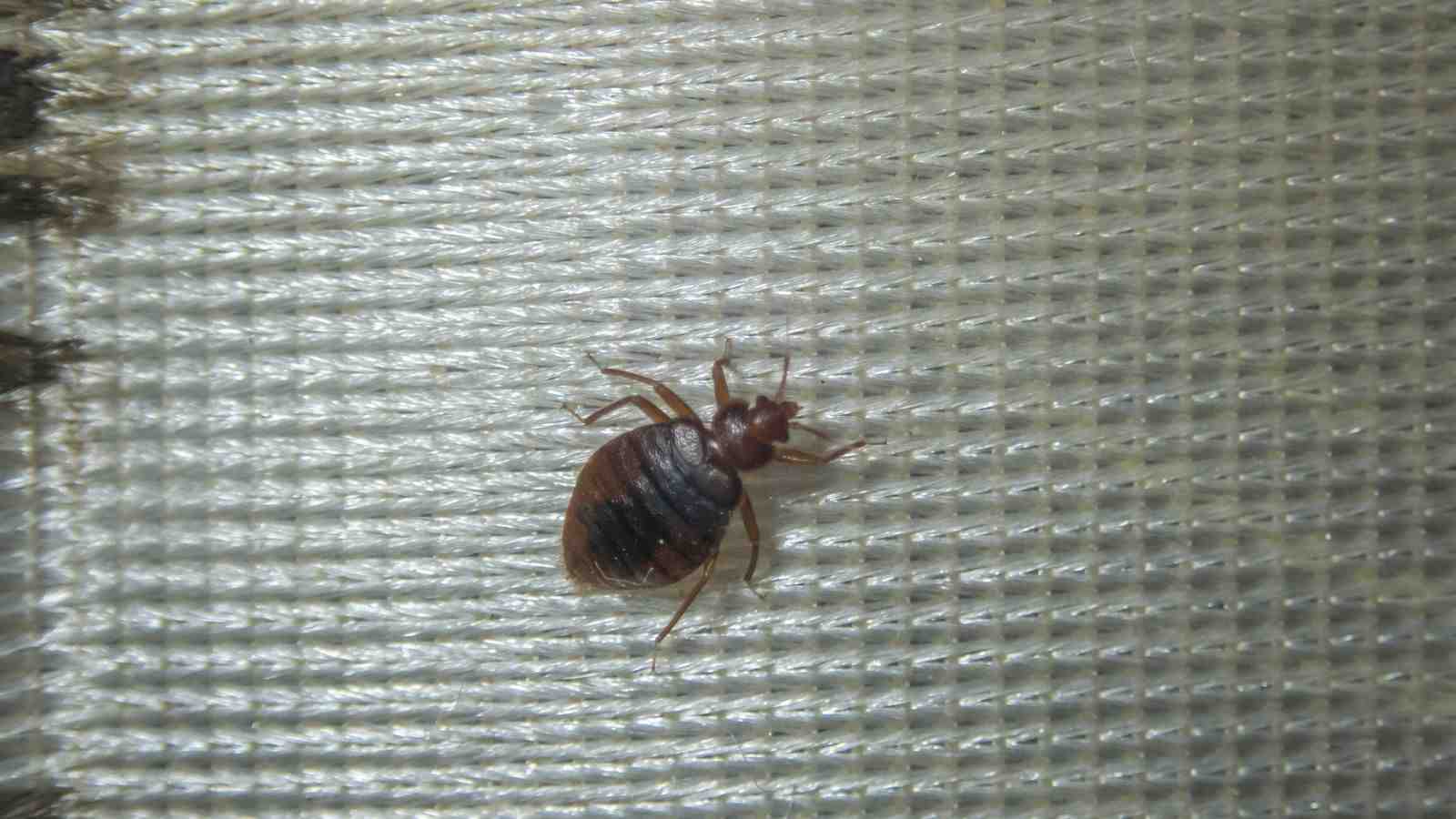

Bedroom Furniture
How To Trap Bed Bugs
Modified: October 28, 2024
Learn effective ways to trap bed bugs in your bedroom furniture and protect your home from these pesky pests.
(Many of the links in this article redirect to a specific reviewed product. Your purchase of these products through affiliate links helps to generate commission for Storables.com, at no extra cost. Learn more)
Introduction
Bed bugs are unwelcome guests that can turn your peaceful bedroom into a nightmare. These tiny, nocturnal creatures survive on human blood and can quickly multiply, causing infestations that are difficult to eliminate. If you suspect a bed bug infestation, acting fast is crucial to prevent further spreading and discomfort.
In this article, we will guide you through the process of trapping bed bugs effectively. By following these steps, you can take control of the situation and reduce the presence of these pests in your bedroom.
Before we dive into the details of how to trap bed bugs, it’s important to know the signs of an infestation. By identifying these signs early on, you can take proactive measures to address the problem before it worsens.
Subtitle: Identifying the Signs of a Bed Bug Infestation
Bed bugs are notorious for their ability to hide in even the tiniest crevices. However, they do leave behind clues that indicate their presence. Look out for these signs:
- Visible bed bugs: Adult bed bugs are small, about the size of an apple seed, and can be seen scurrying around your bed or furniture. Keep an eye out for their flat, oval-shaped bodies and reddish-brown color.
- Bite marks: Bed bug bites can cause red, itchy welts on your skin. These bites often appear in a cluster or a line and are usually found on exposed areas such as the arms, shoulders, and legs.
- Dark stains on bedding: After feeding, bed bugs may leave behind dark stains or small spots of blood on your sheets and pillowcases. These stains are a result of their digestion process.
- Eggshells and exoskeletons: Bed bugs shed their exoskeletons as they grow, leaving behind translucent shells. You may also come across tiny, pearly-white eggs, which are about the size of a pinhead.
- Musty odor: A distinct, sweet, musty odor is often associated with a significant bed bug infestation. If you notice this smell, it’s likely that the infestation is severe and requires immediate attention.
If you observe any of these signs, it’s essential to take swift action. Trapping bed bugs is a crucial step in the process of eliminating them from your home. Continue reading to learn how to prepare your home for bed bug trapping.
Key Takeaways:
- Don’t let bed bugs ruin your sleep! Look for signs like itchy bites, dark stains on bedding, and musty odors. Act fast to trap and control them.
- Keep your bedroom bug-free by decluttering, vacuuming, and using DIY traps. Regular cleaning, inspections, and caution while traveling can prevent infestations.
Read also: 11 Amazing Bed Bug Trap for 2025
Step 1: Identify the Signs of a Bed Bug Infestation
Before you can effectively trap bed bugs, you must first confirm their presence through careful inspection. Bed bugs are skilled at hiding in cracks, crevices, and other inconspicuous areas, making detection challenging. However, by knowing what to look for, you can identify the signs of a bed bug infestation.
Inspect Your Bedding:
Start by examining your bedding thoroughly. Strip off the sheets, pillowcases, and mattress cover and look for any signs of bed bugs. Examine the seams, tufts, and edges of your mattress using a flashlight or magnifying glass. Pay close attention to the headboard, bed frame, and nearby furniture as well.
Look for live bed bugs, which are reddish-brown, flat, and about the size of an apple seed. You may also spot their translucent skins, tiny pearly-white eggs, or dark stains on your sheets caused by their digestion. Additionally, be on the lookout for any bed bug feces, which resemble small black dots.
Inspect Your Furniture:
Bed bugs are not limited to just beds. They can infest other furniture throughout your home, such as sofas, chairs, and drawers. Carefully inspect the seams, cushions, and undersides of upholstered furniture. Look for any signs of bed bugs, including live bugs, exoskeletons, eggs, or dark stains.
Inspect Your Walls and Baseboards:
Bed bugs can also find refuge in cracks and crevices in your walls and baseboards. Inspect these areas thoroughly, paying attention to any small cracks or holes. Look for live bugs, exoskeletons, or fecal stains along the edges and corners of your walls and baseboards.
Monitor Your Body:
Although bed bugs primarily feed on humans during the night, you may still notice signs of their presence on your body. Be aware of any unexplained red, itchy bites on your skin. Bed bug bites often appear in clusters or rows and are commonly found on the arms, shoulders, and legs.
Once you have identified the signs of a bed bug infestation, it’s crucial to take immediate action to prevent further spreading and discomfort. In the next step, we will guide you on how to prepare your home for bed bug trapping.
Step 2: Prepare Your Home for Bed Bug Trapping
Effective bed bug trapping requires proper preparation of your home to ensure maximum success. By taking the necessary steps to create an optimal environment for trapping, you can increase the likelihood of capturing these pesky pests.
Subtitle: Clear Clutter
Bed bugs thrive in cluttered environments as they provide numerous hiding spots. Before setting up traps, declutter your bedroom and surrounding areas. Remove any unnecessary items such as piles of clothes, old boxes, or stacks of papers. Pay close attention to areas where bed bugs are known to hide, such as under the bed and along the baseboards.
Subtitle: Vacuum Thoroughly
Vacuuming is a crucial step in preparing your home for bed bug trapping. Use a vacuum cleaner with a narrow nozzle and go over every inch of your mattress, furniture, and floor. Be sure to vacuum along the seams, crevices, and corners where bed bugs may hide. After vacuuming, seal the vacuum bag or dispose of the contents in a sealed plastic bag to prevent any escape.
Subtitle: Launder Infested Items
If you discover any infested bedding, clothing, or fabric items during your inspection, launder them immediately. Use the highest heat setting available for both washing and drying, as the heat will effectively kill bed bugs at all stages of their lifecycle. Remember to seal the infested items in plastic bags before transporting them to avoid spreading the bugs to other areas of your home.
Subtitle: Seal Cracks and Crevices
Bed bugs are adept at finding tiny hiding spots in walls, baseboards, and furniture. Seal any cracks, crevices, or gaps in your walls and baseboards using caulk or sealant. This will help eliminate potential hiding places for bed bugs and prevent their escape.
Subtitle: Secure Bed Bug-Proof Mattress Encasements
To protect your mattress and prevent future infestations, invest in bed bug-proof mattress encasements. These encasements are specially designed to trap any existing bed bugs inside while preventing new ones from infesting your mattress. Make sure to choose encasements that are labeled as bed bug-proof and have a zipper with small teeth to ensure maximum effectiveness.
By following these steps to prepare your home for bed bug trapping, you are creating an environment that is conducive to capturing these pests. With the next step, we will delve into DIY bed bug traps that you can create to help rid your home of these unwanted intruders.
Step 3: DIY Bed Bug Traps
DIY bed bug traps can be an effective tool in capturing and monitoring the presence of bed bugs in your home. While professional pest control is often necessary for severe infestations, these homemade traps can aid in the early detection and prevention of bed bugs.
Subtitle: Climb-Up Traps
Climb-up traps are simple yet effective devices that can help you determine if bed bugs are present in your bed or furniture. To create a climb-up trap, you will need sturdy plastic containers with smooth sides and a narrow, inner lip coated with a sticky substance like petroleum jelly or talcum powder.
Place the climb-up traps beneath the legs of your bed or furniture and ensure that the inner lip is touching the ground. Bed bugs attempting to climb up will get stuck in the sticky substance and be unable to reach you. Regularly inspect the traps for any trapped bed bugs and replace them as necessary.
Subtitle: DIY Pitfall Traps
Pitfall traps are another DIY option for trapping bed bugs. To make a pitfall trap, you will need a shallow container, such as a plastic dish or bowl, and a small amount of a slippery substance like baby oil or soapy water.
Fill the container with the slippery substance and place it near areas where bed bugs are suspected. The bed bugs will be lured into the trap and become trapped in the liquid, making it difficult for them to escape. Check the trap regularly and replenish the slippery substance as needed.
Subtitle: CO2 Traps
Bed bugs are attracted to the carbon dioxide (CO2) we exhale when we sleep. You can create a DIY CO2 trap using a plastic bottle and dry ice or yeast and sugar solution. Cut the top section of the bottle and invert it into the bottom section, creating a funnel-like shape.
If using dry ice, place it inside the inverted top section of the bottle. If using yeast and sugar solution, follow the instructions to create a mixture that produces CO2. Place the trap near areas infested with bed bugs, and the released CO2 will attract them into the bottle. Once inside, they will have difficulty escaping the narrow opening.
Remember to exercise extreme caution when handling dry ice, and always follow safety guidelines and local regulations.
These DIY bed bug traps can serve as valuable tools in your battle against these pests. However, it’s important to note that these traps might not completely eliminate the problem but rather assist in monitoring and reducing infestations. For comprehensive control, considering professional pest control services may be necessary.
Next, we will cover the proper placement and monitoring of bed bug traps for optimal results.
To trap bed bugs, use mattress and box spring encasements to prevent them from hiding and laying eggs. Place interceptors under bed legs to catch any bugs trying to climb up. Regularly vacuum and steam clean to eliminate any existing bugs.
Step 4: Placement and Monitoring of Traps
Proper placement and diligent monitoring of bed bug traps are essential for effective bed bug control. By strategically placing the traps and regularly checking them, you can gain valuable insights into the severity of the infestation and take appropriate measures to address the problem.
Subtitle: Placement of Traps
When it comes to trap placement, it’s important to focus on areas where bed bugs are likely to be active or have been detected. Here are some key areas to consider:
- Place climb-up traps beneath the legs of your bed, including the headboard and footboard.
- Position traps along the baseboards, near cracks and crevices where bed bugs may hide.
- Install traps near upholstered furniture, such as sofas and chairs, paying close attention to the seams and corners.
- Consider placing traps in areas where you have noticed signs of bed bug activity, such as dark stains or discarded exoskeletons.
By targeting these locations, you increase the chances of capturing bed bugs, thereby gaining valuable information about the extent of the infestation.
Subtitle: Regular Monitoring
Monitoring the traps on a regular basis is crucial for effective bed bug control. Check the traps weekly or bi-weekly, depending on the severity of the infestation, and record any findings. Here are some tips for proper monitoring:
- Inspect the traps carefully for any trapped bed bugs, exoskeletons, or dark stains.
- Consider using a magnifying glass or a flashlight to get a clear view of any trapped pests.
- Document the number of bed bugs caught in each trap and the location of the traps within your home.
- If you notice a significant increase in the number of trapped bed bugs, it may indicate a growing infestation and the need for professional pest control.
Monitoring the traps allows you to track the progress of your bed bug control efforts and make informed decisions about further actions.
Subtitle: Trap Rotation
Rotate the placement of the traps every few weeks to ensure comprehensive monitoring. Bed bugs may change their hiding spots or avoid traps if they become accustomed to them. By rotating the traps, you increase the chances of capturing any bed bugs that may be present in different areas of your home.
Subtitle: Seek Professional Assistance
While DIY traps can be helpful in monitoring and reducing bed bug populations, severe infestations may require professional intervention. If you continue to find a significant number of bed bugs, experience recurring infestations, or are unable to control the problem on your own, it’s best to consult with a licensed pest control professional.
By properly placing and monitoring the traps, you can gain insights into the extent of the infestation and take appropriate measures to address the problem effectively.
In the final step, we will cover regular maintenance and prevention tips to help you keep your home bed bug-free.
Read more: How To Kill A Bed Bug
Step 5: Regular Maintenance and Prevention Tips
Maintaining a bed bug-free environment requires consistent effort and proactive measures. By implementing regular maintenance and prevention strategies, you can minimize the risk of bed bug infestations and ensure a peaceful and pest-free bedroom.
Subtitle: Regular Cleaning
Keeping your home clean is an important part of bed bug prevention. Regularly vacuum your carpets, rugs, and furniture to remove any potential hiding spots for bed bugs. Pay special attention to the seams, cracks, and crevices where bed bugs are likely to hide. Additionally, launder your bedding, curtains, and clothing frequently to eliminate any potential bed bugs or eggs.
Subtitle: Create Physical Barriers
Creating physical barriers can help prevent bed bugs from infesting your bed and furniture. Use bed bug-proof mattress encasements on your mattress and box spring to prevent bed bugs from entering or escaping. Consider installing bed bug interceptors beneath the legs of your bed and furniture, which can trap bed bugs and prevent them from reaching you.
Subtitle: Be Cautious while Traveling
Bed bugs are often found in hotels and other accommodations. When traveling, inspect your luggage and clothing for any signs of bed bugs before bringing them back into your home. Keep your suitcase off the bed and furniture in your hotel room, and consider using bed bug travel encasements to protect your belongings.
Subtitle: Avoid Secondhand Furniture
Bringing home secondhand furniture, especially items like mattresses or upholstered chairs, increases the risk of bed bug infestations. If you decide to bring in used furniture, carefully inspect it for any signs of bed bugs. Consider treating it with heat or contacting professional pest control to ensure it is bed bug-free.
Subtitle: Regular Inspections
Continuously monitoring your home for signs of bed bugs is essential for early detection and prevention. Regularly inspect your bedding, furniture, and other areas prone to infestation. Look for live bed bugs, shed skins, dark stains, or tiny eggs. If you notice any signs, take proactive steps to address the issue promptly.
Subtitle: Professional Pest Control
If you experience persistent or severe bed bug infestations, it may be necessary to seek professional pest control services. Professional exterminators are trained to effectively eliminate bed bugs and provide long-term prevention strategies to protect your home.
By implementing these regular maintenance and prevention tips, you can reduce the risk of bed bug infestations and maintain a clean and comfortable living space.
To conclude, trapping bed bugs requires thorough inspection, proper preparation, DIY traps, strategic placement, regular monitoring, and ongoing prevention measures. By following these steps and being vigilant, you can successfully trap bed bugs and protect your home from further infestations.
Conclusion
Dealing with a bed bug infestation can be a stressful and frustrating experience, but by following the steps outlined in this article, you can effectively trap these unwelcome pests and regain control of your bedroom. Identifying the signs of a bed bug infestation is the first crucial step, as it allows you to take appropriate action promptly.
Once you have confirmed the presence of bed bugs, it’s essential to prepare your home for trapping. Clearing clutter, vacuuming thoroughly, laundering infested items, and sealing cracks and crevices create an ideal environment for trapping and reducing bed bug populations.
DIY bed bug traps can be effective tools in capturing and monitoring these pests. Climb-up traps, DIY pitfall traps, and CO2 traps can help you detect their presence and provide valuable insights into the severity of the infestation.
The placement and regular monitoring of these traps are essential to achieve optimal results. Properly placing the traps in key areas and monitoring them diligently allows you to track the progress of the infestation and make informed decisions about further actions.
Regular maintenance and prevention tips such as regular cleaning, creating physical barriers, being cautious while traveling, avoiding secondhand furniture, and conducting regular inspections can greatly reduce the risk of bed bug infestations and help maintain a bed bug-free environment.
In cases of severe infestations or persistent problems, it is advisable to seek the assistance of professional pest control services. They have the expertise and knowledge to effectively eliminate bed bugs and provide long-term prevention strategies.
By following these steps and implementing preventive measures, you can successfully trap bed bugs, minimize the risk of infestations, and create a peaceful and comfortable environment in your bedroom.
Remember, early detection, rapid response, and ongoing vigilance are key to effectively trapping and controlling bed bugs. Don’t hesitate to take immediate action if you suspect a bed bug infestation, as timely intervention can make all the difference in resolving the issue.
Frequently Asked Questions about How To Trap Bed Bugs
Was this page helpful?
At Storables.com, we guarantee accurate and reliable information. Our content, validated by Expert Board Contributors, is crafted following stringent Editorial Policies. We're committed to providing you with well-researched, expert-backed insights for all your informational needs.
